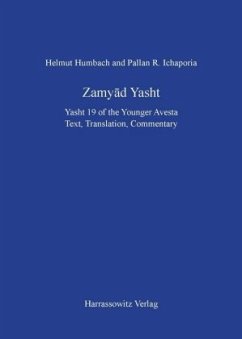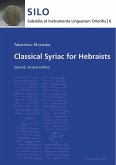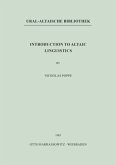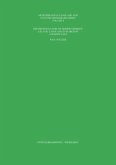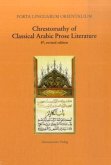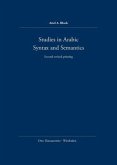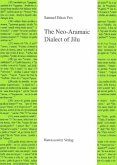Zamyad Yasht is a history of salvation of the Iranians. It starts with the description of Ahura Mazda's creation of what is good, and it ends with the Frashokereti, the "brilliant-makin of the world", i.e. its perfection and renovation by Sashyant, the eschatological savior. The main theme is the Kavyan Glory, which in the strict sense of the term denotes the glory of the legendary Kavi dynasty up to Vishtaspa, the promoter of Zarathushtra, but which has a much wider meaning here.
Helmut Humbach and Pallan R. Ichaporia endeavor to intensify the study of Zamyad Yasht from the philological point of view, drawing attention to the many actual problems of the text not seen by their predecessors, and emphasizing its intrinsic value as a document of the mythical and legendary early history of the Iranians as well as its place in the eschatological conception of the Zoroastrians. The work is a contribution to the project "Sources de l'histoire de l'Asie central préislamique" founded by János Harmatta (Budapest) and directed by Philippe Gignoux (Paris) on behalf of the Union Académique Internationale.
Helmut Humbach and Pallan R. Ichaporia endeavor to intensify the study of Zamyad Yasht from the philological point of view, drawing attention to the many actual problems of the text not seen by their predecessors, and emphasizing its intrinsic value as a document of the mythical and legendary early history of the Iranians as well as its place in the eschatological conception of the Zoroastrians. The work is a contribution to the project "Sources de l'histoire de l'Asie central préislamique" founded by János Harmatta (Budapest) and directed by Philippe Gignoux (Paris) on behalf of the Union Académique Internationale.

